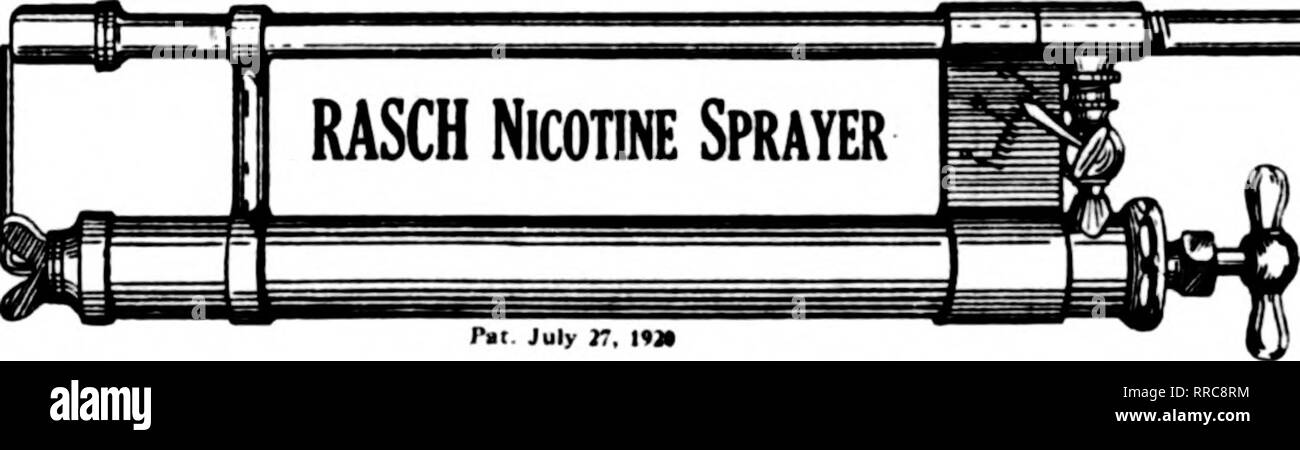Basics-of-microsoft-office-and-nudi-presentation-at-ATI-Mysore-by-Mohan-Kumar-G.1.A short training byMohan Kumar G.Lecturer,Govt. Polytechnic,Mirle.1AND.Plan of Learning21.
Microsoft Office - Basics2. Microsoft Word3. Microsoft Excel4. Microsoft PowerPoint5.
Nudi – Kannada software.1. Microsoft OfficeMicrosoft Office is an office suite of applications /software developed by Microsoft.It was first announced by Bill Gates on 1st August 1988.MS Office is a bundled set of applicationscontaining Microsoft Word, Microsoft Excel, MicrosoftPowerpoint, Microsoft Access, Microsoft Outlook,Microsoft Publisher, Microsoft One Note etc.On 10 July 2012, Softpedia has reported that MS Officeis used by over a billion people worldwide. So it is hightime that, you too join this billion (100 Crores) league.4.5Dive in Detail.6Microsoft Office Word 2007 is a sophisticated wordprocessing program that helps you quickly and efficientlycreate and format all the business and personal documentsyou are ever likely to need.MS Office and its software like MS Word, MS Excel,MS PowerPoint etc., all come in different versions, namedas and when they are released. Ex:- MS Office 2007, MSOffice 2010, MS Word 2007, MS Excel 2010 and so on.The latest version as on date from Microsoft isMS Office 2016.2.
People made use of packages like PageMaker (Version 6.5 or 7) to type and compose pages. Even now, many people still use these packages for Kannada DTP work. The text entered into these packages is stored as font glyph codes rather than character encodings. Non-Unicode truetype fonts like Nudi, Baraha, ShreeLipi, Akruti, etc, are some of the most popular fonts being used.The system does not understand these characters as Kannada characters. Any text based operations like search, replace, sorting, spell-check, text-to-speech, etc, are not possible with this kind of text.
Employing Unicode for all digitisation works of Kannada text solves this problem. Usage of Unicode for Kannada has become prominent only recently. All websites like Facebook, Twitter, Wikipedia, Wikisource, etc, want the text only in Unicode.
Nudi All Fonts Download
There is still a large amount of text entered and stored with old non-Unicode font based encodings. These are mostly present in the form of PageMaker files. This blog post explains the process of converting the text present in PageMaker into Kannada Unicode text.The Kannada and Culture Department of the Government of Karnataka have released Unicode complaint open-type fonts and Unicode based software for Kannada under GPL.
These are available for free download on their website. Download andinstall “Ascii to Unicode Kannada Converter” from this page. This software works only in Windows. Now you are ready to convert the text from PageMaker file into Unicode.Open the PageMaker file. Select the Text tool depicted by a big “T” shaped icon. Click anywhere in the text area.
How To Install Nudi Fonts

Select the entire text (Ctrl-A followed by Ctrl-C). Now open Notepad and paste this text into that (press Ctrl-V). The text will appear gibberish in Notepad. Don’t worry about it. Save the file as plain text file (.TXT file). Remember where you have saved the file.Now run the “Kannada ASCII Unicode Converter” software. In the first textbox enter the name of the ASCII file to be converted (the file you just saved from Notepad).
In the bottom textbox enter a filename for the Unicode text file that will be created by the software. Select the default “GOK (Kuvempu Nudi Baraha)”, or other encoding as the case may be, as the encoding from which the text has to be converted.
Click on the button written “ಪರಿವರ್ತಿಸಿ”. It will show the progress of conversion.Once the conversion is complete, it will display an appropriate message to indicate completion of the conversion. If you open the text file created by the software, it will have the text converted into Unicode.

This text can be used in Wikisource, Wikipedia, etc. Support UsPlease help us defend citizen and user rights on the Internet!Or, write a cheque in favour of ‘The Centre for Internet and Society’ and mail it to us at No. 194, 2nd ‘C’ Cross, Domlur, 2nd Stage, Bengaluru, 560071.
Follow our WorksNewsletter:blog:Twitter (CIS):Twitter (CIS-A2K): Request for CollaborationWe invite researchers, practitioners, artists, and theoreticians, both organisationally and as individuals, to engage with us on topics related internet and society, and improve our collective understanding of this field. To discuss such possibilities, please write to Sunil Abraham, Executive Director, at sunilatcis-indiadotorg or Sumandro Chattapadhyay, Director, at sumandroatcis-indiadotorg, with an indication of the form and the content of the collaboration you might be interested in.In general, we offer financial support for collaborative/invited works only through public calls.
About UsThe Centre for Internet and Society (CIS) is a non-profit organisation that undertakes interdisciplinary research on internet and digital technologies from policy and academic perspectives. The areas of focus include digital accessibility for persons with disabilities, access to knowledge, intellectual property rights, openness (including open data, free and open source software, open standards, open access, open educational resources, and open video), internet governance, telecommunication reform, digital privacy, and cyber-security. The research at CIS seeks to understand the reconfiguration of social processes and structures through the internet and digital media technologies, and vice versa.Through its diverse initiatives, CIS explores, intervenes in, and advances contemporary discourse and regulatory practices around internet, technology, and society in India, and elsewhere.